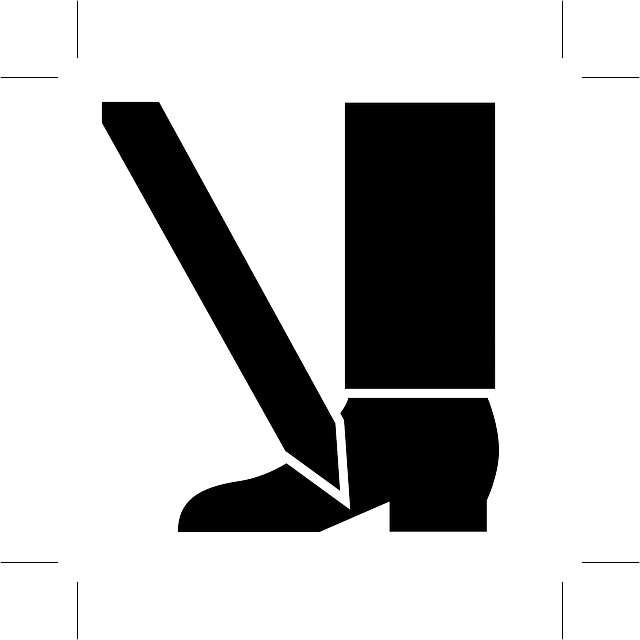Recognizing red flags like persistent pain, frequent adjustments without improvement, and aggressive treatments is crucial for patient safety in chiropractic care. Patients should seek second opinions if they experience these issues, as they may indicate over-treatment or misdiagnosis. Always prioritize personalized, symptom-focused care and active patient involvement.
In the pursuit of optimal health, excessive treatment plans can sometimes do more harm than good. This article delves into the critical issue of red flags in chiropractic care, highlighting common signs of over-treatment and empowering readers with strategies to avoid unnecessary procedures. By understanding these key indicators, individuals can navigate their healthcare journey with greater awareness, ensuring safe and effective chiropractic practices. Recognizing red flags is a vital step towards navigating the complexities of modern wellness.
- Recognizing Red Flags in Chiropractic Care
- Common Signs of Over-Treatment
- Strategies to Avoid Unnecessary Procedures
Recognizing Red Flags in Chiropractic Care

Recognizing red flags in chiropractic care is crucial for ensuring patient safety and effective treatment. While chiropractic adjustments can be highly beneficial, certain signs and symptoms may indicate an excessive or inappropriate treatment plan. One major red flag is persistent or increasing pain after each adjustment, especially if it’s accompanied by swelling or numbness. Patients should also watch out for unusual sensations, such as tingling or sharp pains, following a chiropractic session.
Another cautionary sign is frequent adjustments without significant improvement in symptoms. Chiropractors should always consider the patient’s full medical history and perform thorough examinations to rule out underlying conditions that might require different treatment approaches. If a chiropractor pushes for aggressive treatment plans, ignores your concerns, or demonstrates a lack of empathy and communication, it’s essential to seek a second opinion.
Common Signs of Over-Treatment

Many patients seek chiropractic care, but it’s crucial to recognize the red flags that indicate over-treatment. While regular adjustments can be beneficial, excessive treatment plans may signal a problem. Red flags for chiropractic treatment include persistent pain that doesn’t improve with adjustments, unnecessary frequent visits, and treatments that don’t align with your specific symptoms.
Chiropractors should focus on personalized care, targeting specific issues rather than offering a one-size-fits-all approach. If you experience side effects from treatments or feel pressured to continue adjustments without noticeable progress, it’s a sign of over-treatment. Remember, effective chiropractic care respects your body’s natural healing process and provides visible improvements over time.
Strategies to Avoid Unnecessary Procedures

Recognizing red flags in chiropractic treatment plans is essential to avoid excessive procedures and potential risks. One key indicator is a treatment approach that promises quick fixes or dramatic results, especially if it involves multiple complex procedures over a short period. Chiropractors should focus on long-term patient care rather than one-time fixes. Patients should be educated about their condition, involved in decision-making, and encouraged to share concerns regarding any suggested treatments.
Additionally, persistent pain or discomfort not alleviated by standard chiropractic adjustments might be a cause for concern. Unnecessary procedures could stem from misdiagnosis or an oversimplified understanding of the patient’s issues. It’s crucial to seek second opinions and consider alternative treatment options before undergoing extensive or aggressive chiropractic care, especially when red flags are present.
In recognizing the red flags associated with chiropractic care and understanding common signs of over-treatment, individuals can make more informed decisions regarding their health. By adopting strategies to avoid unnecessary procedures, patients can ensure they receive safe, effective, and personalized care. Remember, a qualified chiropractor should always prioritize your well-being and treat you based on your unique needs, not excessive protocols.














